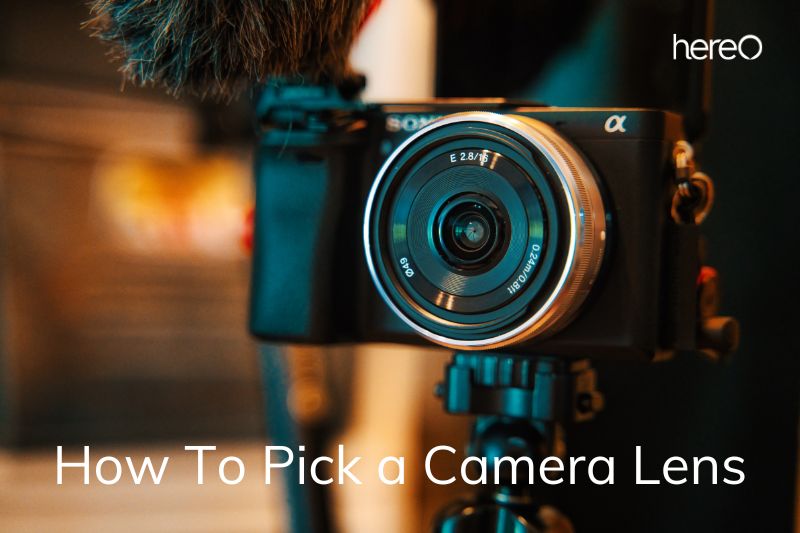A camera with interchangeable lenses offers a wide range of photographic perspectives due to its enormous selection of optics. It can be difficult and overwhelming to choose from dozens or even hundreds of lenses. In this article, we will explain the types of lens and how to pick a camera lens.
Contents
What Does a Lens Do?
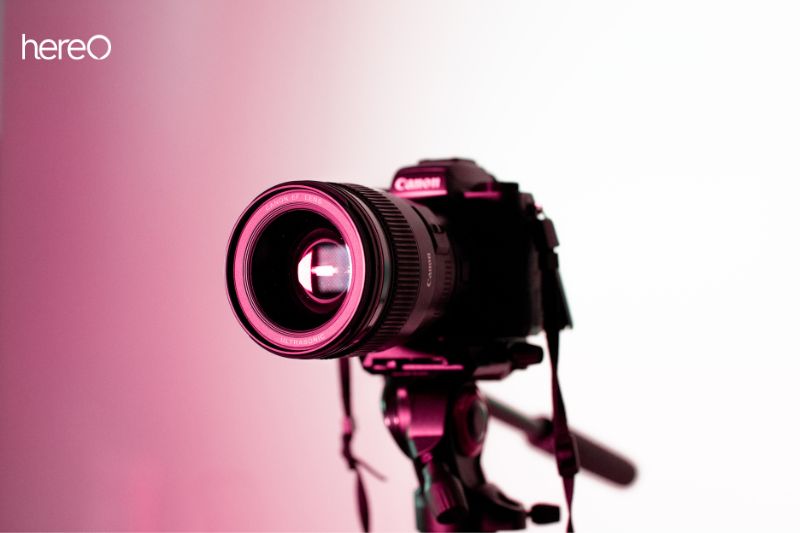
Similar to how human eyes work, a lens focuses light to create a picture on a camera’s digital sensor or film plane. Importantly, the lens—from the wide, sweeping vision of a wide angle lens to the telephoto lens’s tight, selected view—determines how much of the subject is viewed and preserved. We refer to this as the view angle.
The particular millimeters of a lens’s focal length are used to classify it. This millimeter marker, when focused, represents the distance between the optical center of the lens and the image sensor of the camera.
We may determine how an image will seem on a particular camera—in particular, the angle of view—by looking at the focal length designation. The most crucial factor in choosing the right lens for a particular photograph is the focal length.
A lens’s adjustable diaphragm, also known as aperture, which regulates how much light passes through the lens (part of how we control exposure), along with its focal length, is another component.
You can adjust the aperture size on every lens, so you’re not limited to a single aperture. However, because it’s so significant, lenses are frequently identified by their maximum aperture.
For instance, the Nikon 28mm f/2.8 has a 28mm focal length and an f/2.8 maximum aperture. Others have maximum apertures of f/4 or f/5.6 (which don’t allow in as much light).
Aperture affects more than just the amount of light you can capture. Additionally, it controls the depth of field, or how much of our subject is in focus from front to back.
Since depth of field grows as the aperture is shrunk, landscape photographers frequently choose apertures like f/8, f/11, or f/16 to get sharp focus from the front to the back.
The most crucial characteristics of a lens are its focal length and aperture together. Knowing a lens’s focal length(s) and maximum aperture can tell you a lot about the kind of subjects it is designed to photograph.
Different Camera Lens Types To Choose
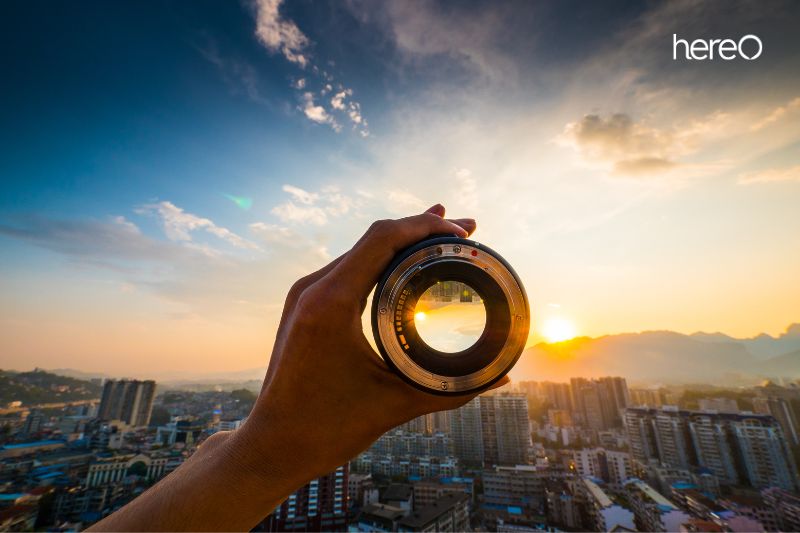
Prime vs Zoom Lenses
Prime lenses
A fixed focal length is a characteristic of prime lenses. Prime lenses, which come in a variety of focal lengths, are renowned for producing photographs of excellent quality. Additionally, they typically have far wider apertures than zoom lenses.
If you’re trying to travel light, the size difference between prime and zoom lenses can be a real benefit. Prime lenses frequently cost less than zoom lenses because they have fewer moving parts.
Using prime lenses has additional benefits in that it motivates you to investigate your scene more. When you are limited to a single focal length, you cannot just experiment with various focal lengths to discover the optimal composition.
Prime lenses have limitations, though. If you only have one focal length, you might need several lenses to meet all of your needs, which can quickly add up in weight and cost.
Zoom lenses
Zoom lenses are effective tools that can be used for many purposes. Zoom lenses, which offer a variety of focal lengths, are a practical solution for shooting both landscapes and sports. One lens might be suitable for both landscape and portrait photography, depending on its focal length range.
The primary benefit of zoom lenses is flexibility. They don’t need as many lenses because of their zooming capabilities. Instead, a single lens can be used for many different things.
However, you might find that convenience comes at the expense of quality and price. Zoom lenses typically cost more, but they don’t produce the same level of quality as prime lenses.
They occasionally lack prime lenses’ wide apertures and can be fairly large and unwieldy.
Focal Lengths
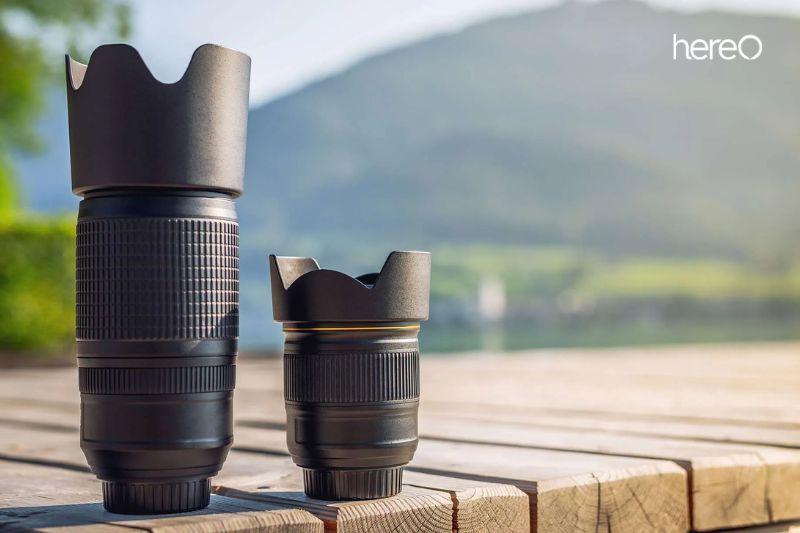
Standard lens
In comparison to ultra wide and wide angle lenses, conventional lenses, starting at 35mm, offer a more accurate representation of what the human eye sees in terms of perspective and angle of view.
Standard lenses, which typically have focal lengths between 35 and 85mm, are a popular and functional option for many photographers.
Wide angle
Wide angle lenses still provide an extremely wide field of vision, as their name implies, but they do so with less distortion than ultra wide angle lenses. They are suitable for many various genres of photography, from landscapes to group portraits, and range in focal length from 24mm to 35mm.
Ultra wide angle
Ultra wide angle lenses provide an extremely wide field of view and may be identified by the significant amount of distortion. They can range in size from 8mm to 24mm.
They are therefore not very suitable for portraiture. They are best suited for interiors, expansive panoramas of cities and landscapes, or even more imaginative and artistic work.
Short telephoto
For portraits, short telephoto lenses with focal lengths between 85mm and 135mm are the best option. They let you work away from your subject and provide the most flattering and realistic viewpoint.
Telephoto
Focal lengths for larger telephoto lenses can range from 100mm to roughly 800mm. Sport and wildlife photographers frequently choose these. They are a good all-purpose lens option ideal for a variety of subjects because of their zoom capabilities.
Super telephoto
Super telephoto lenses are extremely specialized and are frequently employed by professional wildlife and sports photographers. Their 800mm to 2000mm focal length makes them suitable for both surveillance and astronomy.
Aperture
When purchasing a lens, aperture is a crucial feature to take into account. The amount of light that the lens permits into the sensor is (in part) determined by the aperture. A lens with a wider aperture will be your best bet if you frequently work in dim light.
When photographing handheld or quickly moving subjects, having a larger aperture also enables you to employ faster shutter rates. You can also boost the bokeh, the artistic quality of the blurred, out-of-focus backdrop, by using lenses with larger apertures.
Image stabilization
Image stabilization, which lessens image blur, can be a valuable feature while shooting handheld or in dim lighting. It’s worth checking to see if this feature is available on older model lenses even if it’s a typical feature on newer model lenses.
Focusing
Today’s lenses frequently include autofocus, with the majority of them providing the option to convert between auto and manual focus. Most DSLR cameras also include a variety of autofocus choices.
What To Look For When Buying a Camera Lens

Price vs Performance
There are fantastic solutions for every budget when it comes to lenses, which come in different price levels. You might be able to get better build quality, more sophisticated optical capabilities, or wider apertures by spending more money. However, there is no need for the beginner to overspend.
You should be able to capture photographs as well as your abilities allow with any modern lens. If you do continue to appreciate and improve your photography, there can come a moment when investing more money will get you an improvement in one of the aforementioned areas.
New vs Used Lenses
New lenses are a better choice because you typically have 30 days to return them if you’re not happy with them and you won’t have to worry about how they were handled by past owners. If you buy from a brand’s authorized retailer, you also get a manufacturer’s warranty.
Used lenses can save money for those looking for a good deal, but there is a chance that the lens won’t work properly.
Precision items like lenses have a wide range of potential problems, including lens elements that are out of alignment, dead autofocus motors, dust or mildew inside the optics, or wear and tear on the barrel.
How To Pick a Camera Lens To Start
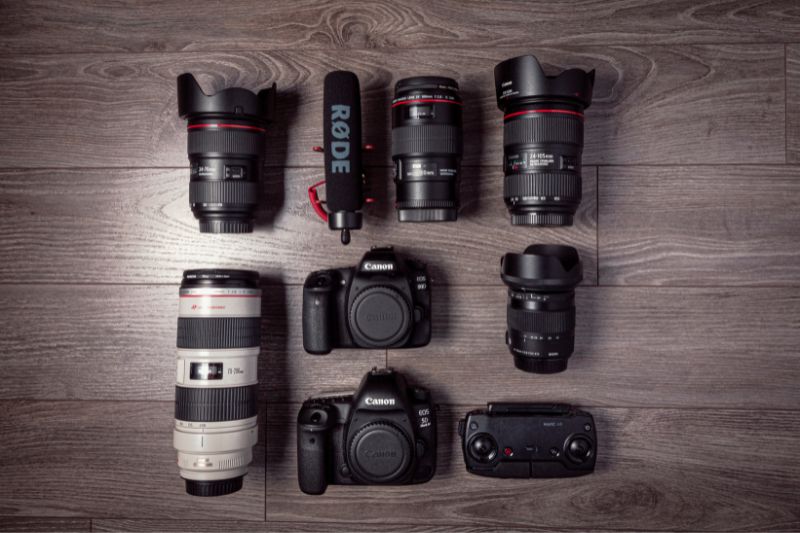
The 50mm normal lenses
A 50mm normal lens is recommended by the traditional, methodical approach because it is among the most reasonably priced, lightweight, compact, brilliant, and optically superior lenses available from any manufacturer.
Using a 50mm lens for various types of photography as a beginner can tell you a lot about your individual demands for your ideal lens kit. If you frequently take pictures in cramped areas, a wide angle lens may become necessary.
Or if you frequently photograph children playing soccer, you’ll quickly see the value of a telephoto lens. A normal 50mm lens makes a terrific instructor.
Zoom Lenses
A wide-to-telephoto zoom, such as a 24-105mm or 28-200mm, might be a more adaptable initial lens purchase if you wish to conveniently photograph a variety of subjects.
These kinds of zooms provide you access to all the most crucial focal lengths in one convenient package, and all you have to do is turn the zoom ring to get the ideal angle for your subject.
The optical quality often improves with a smaller zoom range. Generally speaking, 24-70mm lenses outperform 24-120mm lenses, which outperform 24-200mm lenses.
The 24-105mm and 24-120mm lenses are said to be the ideal middle ground. They’re a beloved optic whenever you require a versatile lens for your camera, not simply as an excellent first lens for beginners.
I advise a beginning photographer to utilize the 24-105mm zoom exclusively at the three specified focal length settings of 24, 50, and 105mm for the first few months of their shooting career in order to add a little bit of discipline while using a zoom lens like this.
This exercise will teach you how to select the focal length to match the viewpoint and composition you desire for each subject. It will be as if you are carrying three prime lenses in your backpack.
Wildlife Photography Lenses
Consider skipping the wide and standard views and choosing a 70-300mm or 100-400mm as your first lens if you are a beginner who knows you will be using your camera to capture sports or wildlife the majority of the time.
In this manner, you have the telephoto lens required for distant subjects, and you can use your iPhone for standard and wide views when snapping pictures of your family or on vacation.
FAQs about How To Pick a Camera Lens
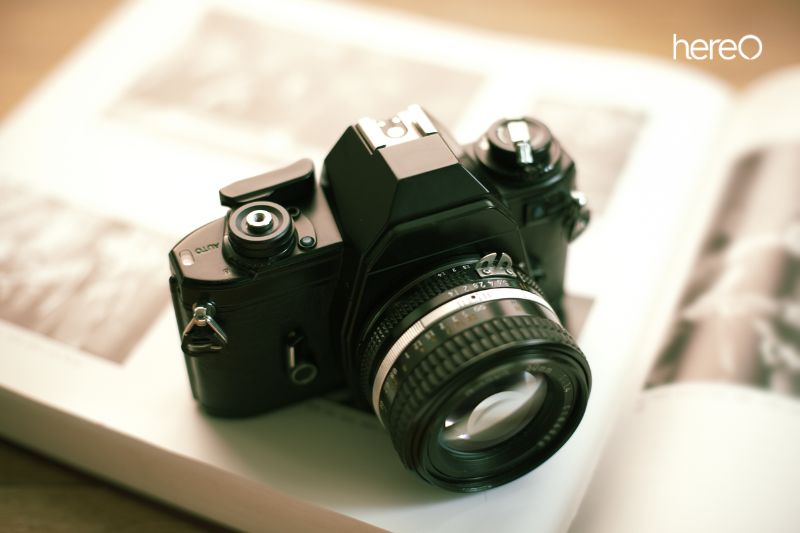
How do I know what size lens I need?
On several occasions, the lens’s barrel is marked with the symbol ø and a number. Therefore, ø58 would indicate that 58mm screw-in filters might be used.
How to choose lens for mirrorless camera?
It is important to choose a lens that is compatible with your camera. You should also consider the focal length, aperture, and image stabilization when choosing a lens. It is also important to think about the type of photography you want to do when choosing a lens.
Camera lens for far away shots?
A telephoto or superzoom lens is what you need if you want to take pictures from a distance. Fixed focal length telephoto lenses start at about 70mm.
How do I know what size lens I need?
The size of the lens you need will depend on the type of photography you plan on doing. There are a number of other factors to consider when choosing a camera lens, such as the aperture, focal length, and image stabilization.
Ultimately, the best way to figure out what size lens you need is to experiment with different lenses and see which one works best for the type of photography you want to do.
Conclusion
One important thing to keep in mind when choosing a camera lens is the type of photography you want to do. If you’re interested in landscapes, for example, you’ll want a wide-angle lens. If you’re interested in portraiture, you’ll want a lens with a longer focal length. There are also lenses designed specifically for macro photography, sports photography, and more.
HereOfamily thank you for reading this article. We hope you enjoy your reading.
